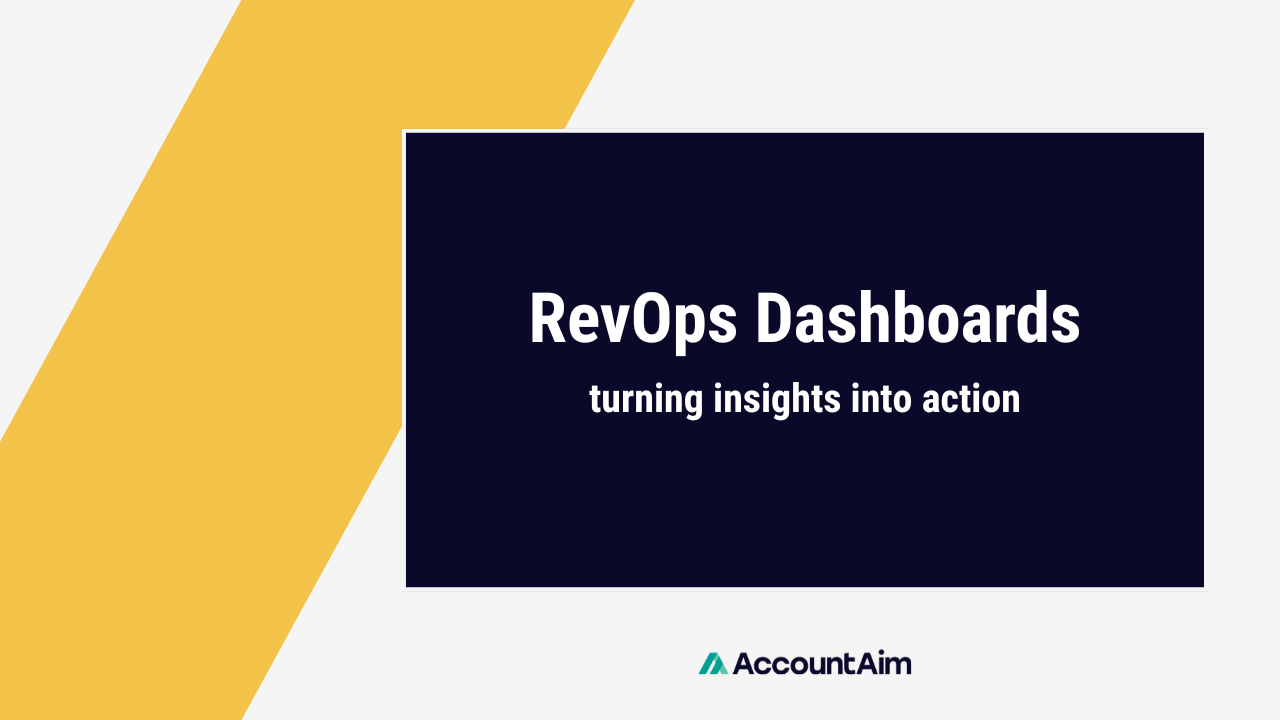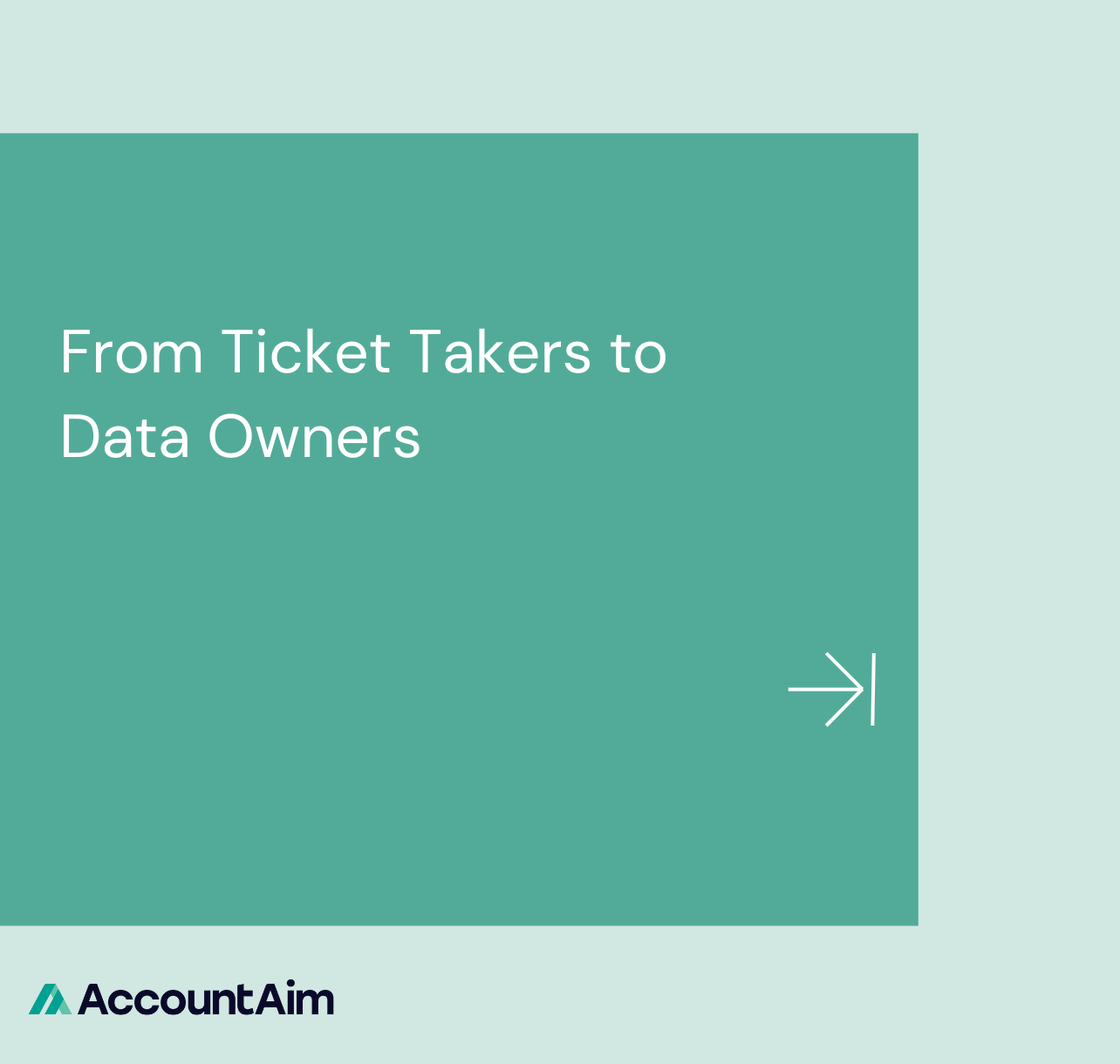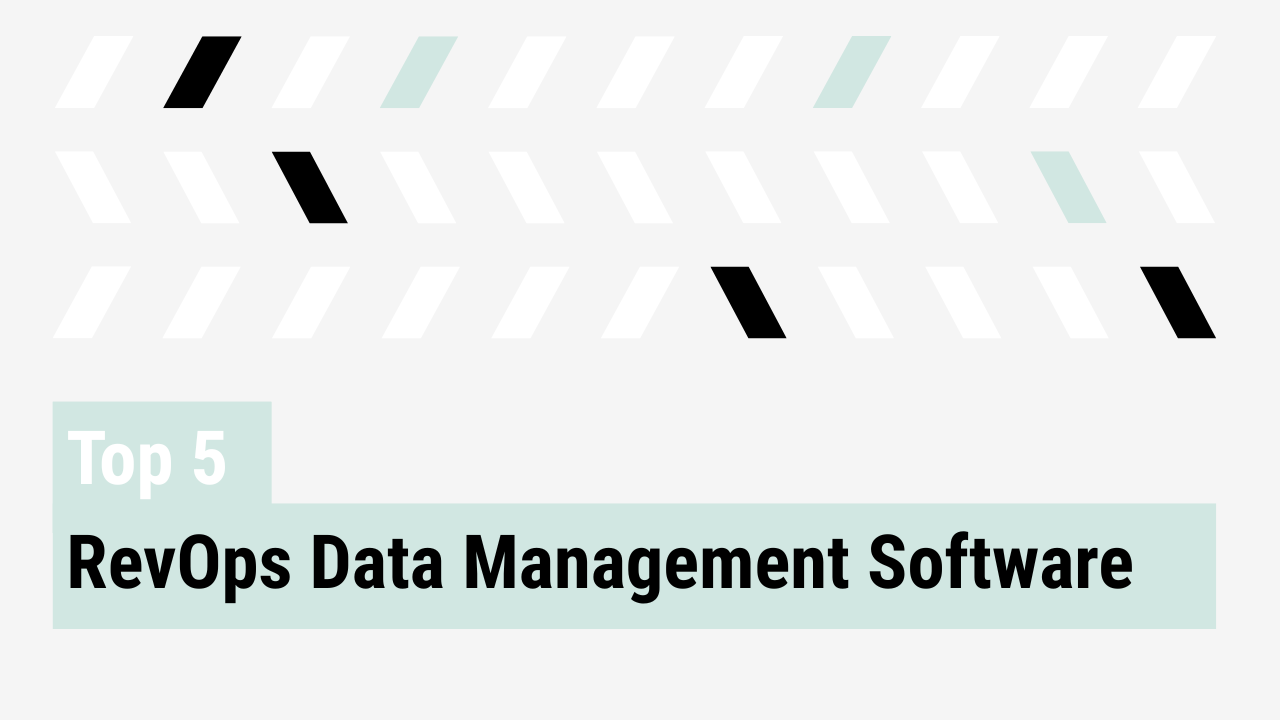RevOps dashboards promise visibility, but most leaders know the painful truth: they rarely drive change. Dashboards alone surface data, yet without action, insights remain just numbers. The real RevOps gap is feedback. What RevOps teams need is operational feedback loops that transform data into outcomes.
Why dashboards fail
Too many dashboards are designed to be static. They act like a rearview mirror, showing what happened in the past but offering little guidance for what should change moving forward. They often refresh data once a week or once a month, display the same rigid set of KPIs, and rarely capture trends over time or trigger recommended actions. The result is a flood of metrics that look informative but don’t change behavior.
Additionally, over-engineered reporting often lags behind business reality, making it harder, not easier, to act.
“Perfect is the enemy of done. You keep something behind the curtain because you want to make it perfect, but the business shifts and a lot of that work ends up wasted. Simple is better.” – Alex Miller, Medallion
Building operational feedback loops
Operational feedback loops close the gap between visibility and action. They capture an input (a signal from the business), generate context (what it means), and trigger a response (what to do). When designed well, these loops turn RevOps into a system that continuously improves rather than a reporting function that passively observes.
Feedback loops start small. A backlog triage system, for example, becomes a mechanism for aligning with executive priorities, sequencing projects, and measuring outcomes over time. Unlike dashboards that stop at visibility, feedback loops drive momentum.
RevOps leaders can take a practical approach to designing these systems:
- Start with clear signals: define the few key indicators that matter most for revenue outcomes, such as conversion rates, pipeline velocity, or account engagement.
- Layer on context: enrich these signals with qualitative or historical data so they tell a story, not just a number.
- Define a response: for each signal, establish what action should be triggered, whether it’s a workflow automation, an alert, or a process review.
- Close the loop: track whether the response had the desired impact and feed that learning back into the system.
By following these steps, RevOps leaders can ensure that dashboards both inform and initiate change.
How AccountAim closes the gap
This is where AccountAim helps RevOps leaders build dashboards that are set up for success:
- Workbench: a no-code BI tool that connects GTM data in real time, enabling RevOps teams to build dynamic dashboards without depending on data teams.
- Warehouse + Snapshotting: captures unlimited CRM and GTM data histories, turning dashboards into living trend analyses instead of one-off reports.
- Workflows: automation that ties dashboards directly to execution. From triggering alerts in Slack to enforcing rules of engagement in Salesforce, workflows ensure insights translate into action.
Together, these tools transform dashboards into operational systems.
Continuous improvement in practice
RevOps leaders can apply feedback loops through:
- Customer journey analytics: identify drop-off points and friction in the funnel, then design targeted interventions. For example, if analytics show a sharp decline between demo requests and scheduled meetings, RevOps can adjust follow-up cadences or add automated reminders to close the gap.
- Backlog triaging: prioritize requests and allocate resources based on business impact. For example, if sales requests a new report while marketing needs lead routing fixed, RevOps can rank them by expected revenue impact and tackle the higher-value item first, ensuring resources are used where they matter most.
- Capability maturity frameworks: track progress across data, process, and alignment, making improvement measurable. For example, a team may begin with ad hoc reporting and manual data entry, then advance to standardized metrics and automated workflows, eventually reaching predictive analytics and fully aligned processes across departments.
These practices reinforce a culture of learning and adaptation rather than static measurement.
Real-world outcomes
When feedback loops are embedded, the results compound. RevOps teams save hours by automating repetitive workflow tasks, which frees them to focus on higher-value strategic work. Data quality also improves because information is collected and refined through structured processes and regular iteration, reducing inconsistencies and errors. At the same time, more opportunities are created by aligning account scoring and engagement rules with real-time market signals, ensuring go-to-market efforts target the right accounts at the right time.
RevOps teams that make this shift from static dashboards to dynamic dashboards built with operational feedback loops see faster cycles, better forecasts, and improved business outcomes.
Go beyond dashboards
Dashboards aren’t enough. Without feedback loops, they risk becoming digital wallpaper, visible but ignored. The real RevOps gap is the distance between knowing and doing. By embedding operational feedback loops, leaders can turn visibility into velocity. With AccountAim, dashboards are built for action from the start, ensuring RevOps leaders move the business forward.



